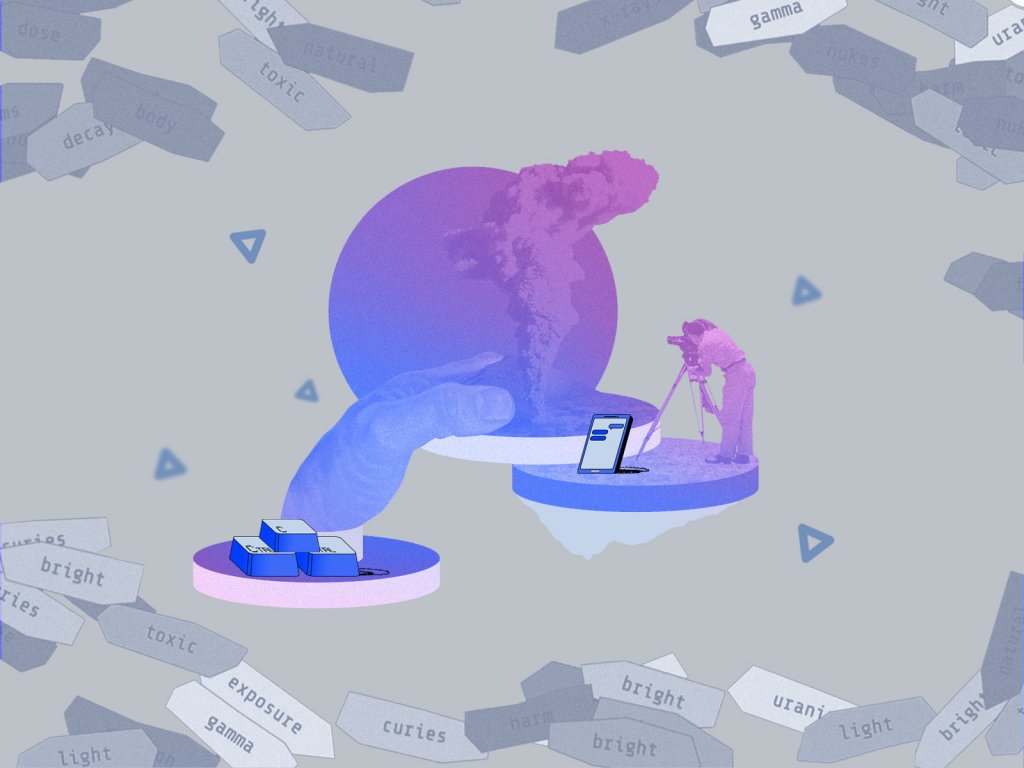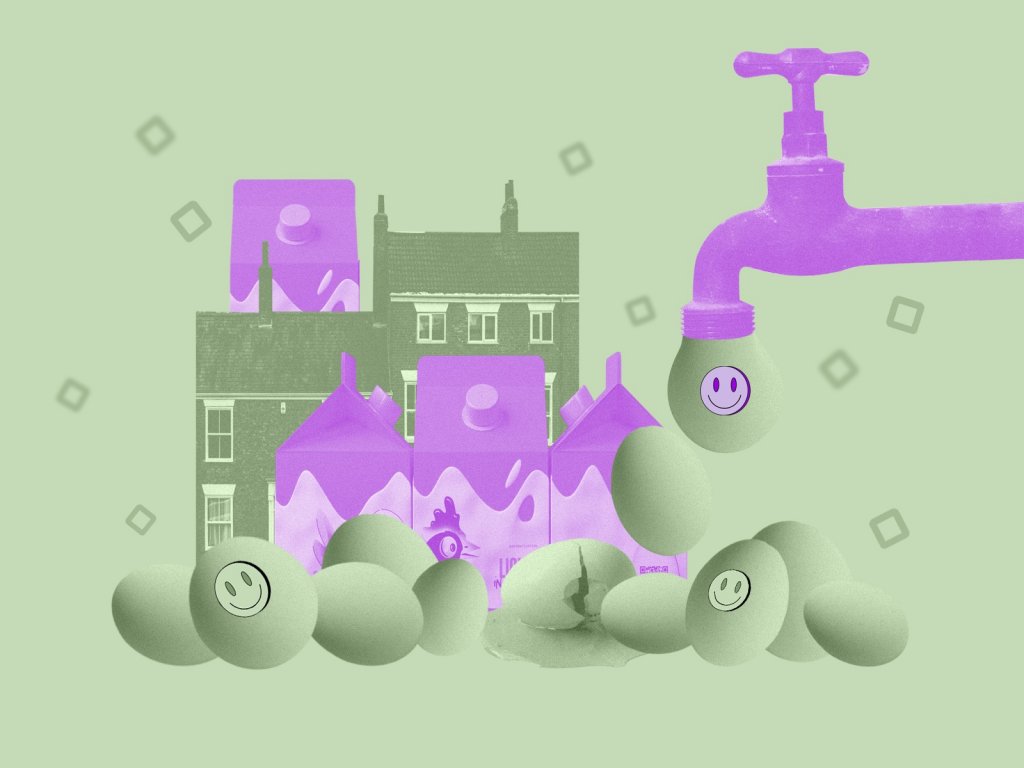It seems that there are crowds of web developers here and there, still the job is marked among those which are always in demand. The growing number and diversity of professionals don’t set the scarcity of places on the labor market in the sphere. And the reason is really simple: people around the world open more and more opportunities provided by modern websites for all the spheres of professional and personal activities.
“Everyone wants a website,” says Brandon Swift, co-founder of Santa Barbara-based Volt Commerce. “As a web developer, you’ll never be short on work. I mean never!” And that seems to be the pure truth: total employment in this sphere is projected to grow 27 percent through 2024, three times faster than average for all occupations according to the U.S. Bureau of Labor Statistics (BLS). British resource National Career Service also provides statistics showing the dynamic growth and it is forecasted to continue.

So, naturally, there are more and more people who start their path or broaden professional horizons in the sphere as well as growing number of customers who need to get into basics of the job for understanding the process and setting effective collaboration with web designers and developers.
Nowadays, average internet users often confuse web design with web development, but there is a huge difference between the two. That is why we have decided to start the series of posts in Tubik Blog unveiling basic and specific aspects of web development for all those who are interested in the theme. Today let’s start talking about the basics.
What is web development?
Web development is the process of building a website or web application from scratch which includes creating custom code to accommodate unique needs, developing everything from the site layout to features and functions on the webpage or web application.
Typically, web developer’s primary task is building a reliable and high performing website or web application. What should we get as the basis of the web development process? First of all, it is necessary to know the main areas of web development and specificity of each.

What are main areas of web development?
Client-side scripting – types of codes that execute in a web browser and determine what users will see when they open a website.
Server-side scripting – types of codes that execute on a web server and produce a response customized for each user’s request to the website.
Database technology – software applications which allow defying, creating, querying, updating, and administering databases.
In point of fact, in large-scale web projects, these parts of web development are often delegated to multiple web developers for higher workflow speed and productivity: one programmer may focus on the server side of a website while another focuses on the client side to add style and functionality to the website or web application.
Considering the above-mentioned issues, let’s take a closer look on what languages and tools web programmers should know in each of these fields.
What is used for web development process?
Codes of client-side scripting execute themselves within the browser of a user’s computer, like storing user data in cookies, simple flash games, web applications or other. Client-side development is done almost exclusively on JavaScript in addition to basic HTML and CSS code.
Here are some examples of client-side programming languages:
- HTML
- XHTML
- CSS
- JavaScript
- Flash
- Microsoft Silverlight
Server-side scripting is the type of coding used by web developers to build reliable user-server connection and vice versa. A web browser’s storage is limited by the end user’s computer, so websites need to host the files and images that make the site work in a database on a web server. This area of web development includes building the framework that allows the database on the web server to communicate with the web browser of the end user’s computer. Need to notice, server-side code is also more secure, because using a website the user has no direct access to source code and proprietary databases.
Here are some examples of server-side programming languages:
- PHP
- C++
- C
- C#
- Java
- Python
- Ruby
- Erlang
In order to work properly, every website needs a database to store its code, images, files and other data. These relational database management systems (RDBMS) are the most popular for web-based applications:
- MySQL
- PostgreSQL
- MongoDB
- Microsoft SQL Server
- Oracle
- Sybase
- SAP HANA
- IBM DB2

Bottom line
In a broad sense, web development includes web design but also includes web content development, client and server side scripting, server and configurations security as well as e-commerce application. Web development is of paramount importance to any new or established business. Website is a useful method of presenting the list of the services and products offered by someone to the wide and diverse audience of internet users, it will provide understanding why these products are relevant and even necessary for them to buy or use, and presenting the company’s qualities setting it apart from competitors.
Web development has also impacted personal relations. Websites are no longer simply tools for work or e-commerce but serve more broadly for communication and social networking. Websites such as Facebook, Twitter, Instagram provide users with a platform to communicate and organizations with a more personal and interactive way to engage the public.
If you are interested to read more about web development, don’t miss our next post which will be devoted to client-side scripting. It is going contain detailed descriptions of this area and show how front-end functions. Join in!




